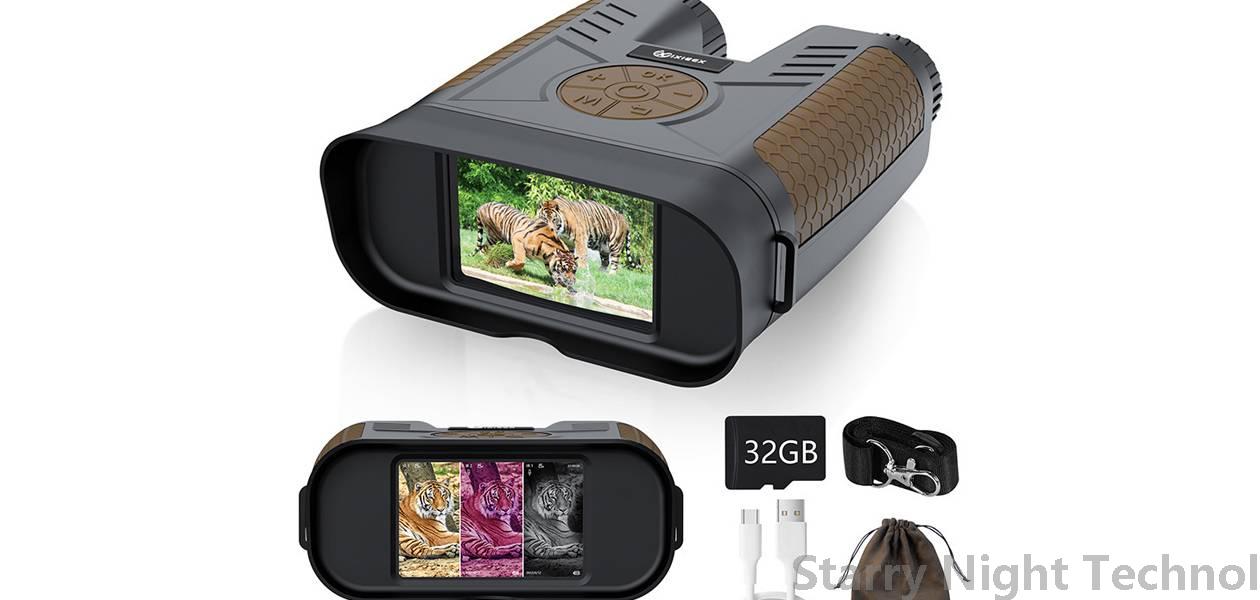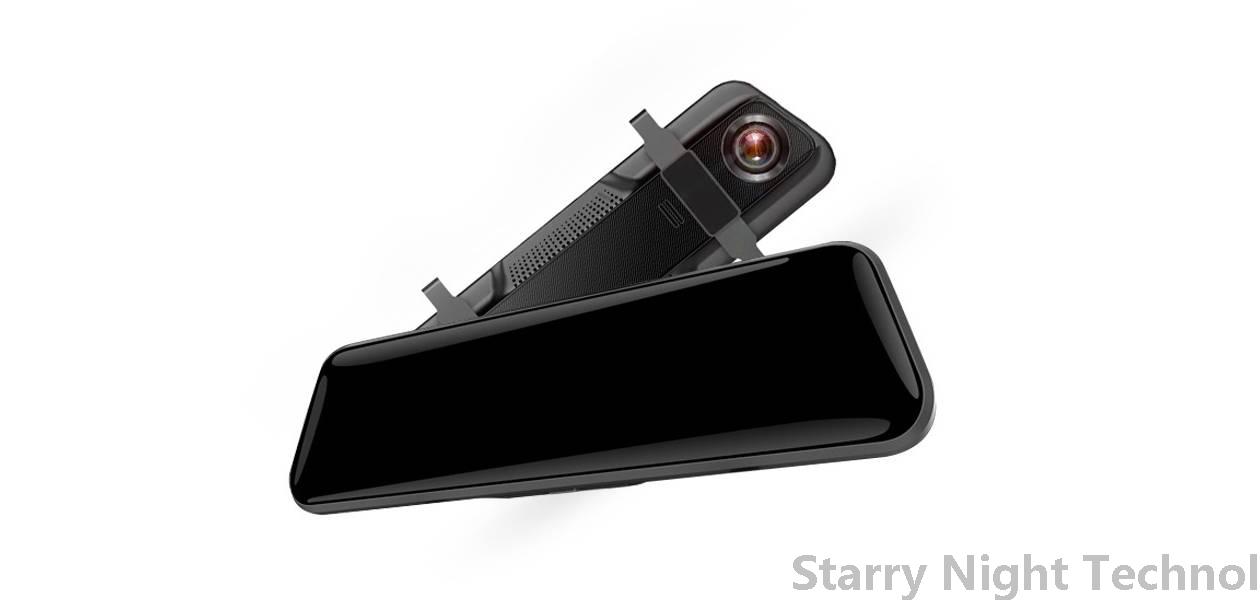The Evolving Role of Night Vision Devices in Disaster Response and Recovery
1758006026000

In recent years, the landscape of disaster response and recovery has evolved significantly due to advancements in technology. Among these innovations are night vision devices (NVDs), which have transformed how emergency responders operate after natural disasters or catastrophic events. Originally developed for military applications, NVDs have found a critical place in civilian disaster management, enhancing situational awareness, enabling effective rescue operations, and ensuring public safety.
### The Importance of Situational Awareness
During disasters, whether they are hurricanes, earthquakes, floods, or wildfires, visibility can often be severely compromised, particularly during nighttime or in obscured conditions such as smoke or fog. This lack of visibility poses significant challenges for first responders tasked with locating victims, assessing damage, coordinating rescue missions, and delivering aid. Effective situational awareness is vital for successful disaster response; thus, NVDs play an essential role in bridging the visibility gap.
Modern night vision devices utilize advanced technologies like Image Intensification (I²) and Forward-Looking Infrared (FLIR). Image intensifiers amplify existing ambient light, allowing users to see in low-light environments, while thermal imaging detects heat signatures, making them invaluable tools in scenarios where people might be trapped under debris or hidden from view. By providing clearer images in darkness, NVDs enable search-and-rescue teams to locate individuals more quickly, thereby increasing their chances of survival.
### Enhanced Search And Rescue Operations
Search and rescue operations can inevitably be time-sensitive, especially in densely populated areas where many may become stranded or injured following a disaster. Time delays caused by impaired visibility can result in dire consequences. Here, NVDs provide real-time, actionable intelligence that empowers teams to navigate hazardous areas efficiently.
For example, during flood emergencies, responders equipped with night vision goggles can assess flooded roads, identify vehicles requiring assistance, and monitor rapidly changing situations without waiting for daylight. Their benefits extend beyond mere visibility; enhanced depth perception allows personnel operating heavy machinery or conducting aerial rescues the confidence needed to carry out complex maneuvers safely.
Notably, advancements in miniaturization have led to lightweight, portable NVDs suitable for various contexts — including urban environments. These developments facilitate easy integration into a variety of platforms, such as drones. Drone-mounted night vision systems allow for extensive aerial surveillance, helping teams map out affected regions for potential danger zones while keeping human operatives at a safe distance. The ability to cover vast areas quickly with minimal risk is a transformative factor in effective disaster response strategies.
### Supporting Public Safety and Security
 Additionally, when integrating NVDs into community training drills, law enforcement can prepare local citizens on how to respond to specific threats in disaster scenarios, promoting both proactive prevention measures and rapid response techniques when challenged with adverse conditions.
Additionally, when integrating NVDs into community training drills, law enforcement can prepare local citizens on how to respond to specific threats in disaster scenarios, promoting both proactive prevention measures and rapid response techniques when challenged with adverse conditions. ### Challenges and Limitations
Despite their myriad advantages, the deployment of night vision devices does present some challenges. One major aspect is cost—advanced NVDs, particularly those equipped with FLIR capabilities, can be expensive for many organizations, especially smaller departments operating within tight budgets. Increasing accessibility through grants, funding initiatives, or governmental support could help mitigate this issue.
Moreover, dependency on technology always raises concerns regarding reliability. In highly unpredictable scenarios like natural disasters, electronic devices can malfunction or experience battery depletion. Training personnel to use such equipment responsibly ensures they remain vigilant even when relying on high-tech tools.
Finally, privacy considerations come into focus when implementing advanced surveillance technologies in civilian settings. Striking a balance between ensuring safety and preserving personal liberties requires ongoing discussions among policymakers, technology developers, and communities alike.
### The Future of Night Vision Applications in Disaster Management
As we look to the future, it becomes evident that night vision devices will continue playing an increasingly crucial role in crisis management efforts, driven by ongoing technological advancements. Developments in augmented reality (AR) could transform NVDs from passive observation tools into interactive decision aids capable of overlaying critical data onto the user's field of vision.
Integrating artificial intelligence (AI) can further enhance the operational effectiveness of NVDs, permitting automated alerts based on predefined criteria that may pinpoint unusual behaviors or detect anomalies in disaster outcomes. This fusion of innovation promises a new era in disaster response whereby the critical combination of visibility and information promotes swift action and improved preparedness before the next inevitable disaster strikes.
In conclusion, as long as unforeseen disasters spring upon us, supporting our emergency responders with cutting-edge resources remains paramount. Night vision devices not only illuminate the path forward but serve as a testament to human ingenuity—a key ally in mitigating suffering during society's darkest hours. As we harness these tools’ full potential, we build resilience against whatever nature throws our way.
What are some useful night vision devicesStarry Night Technol

